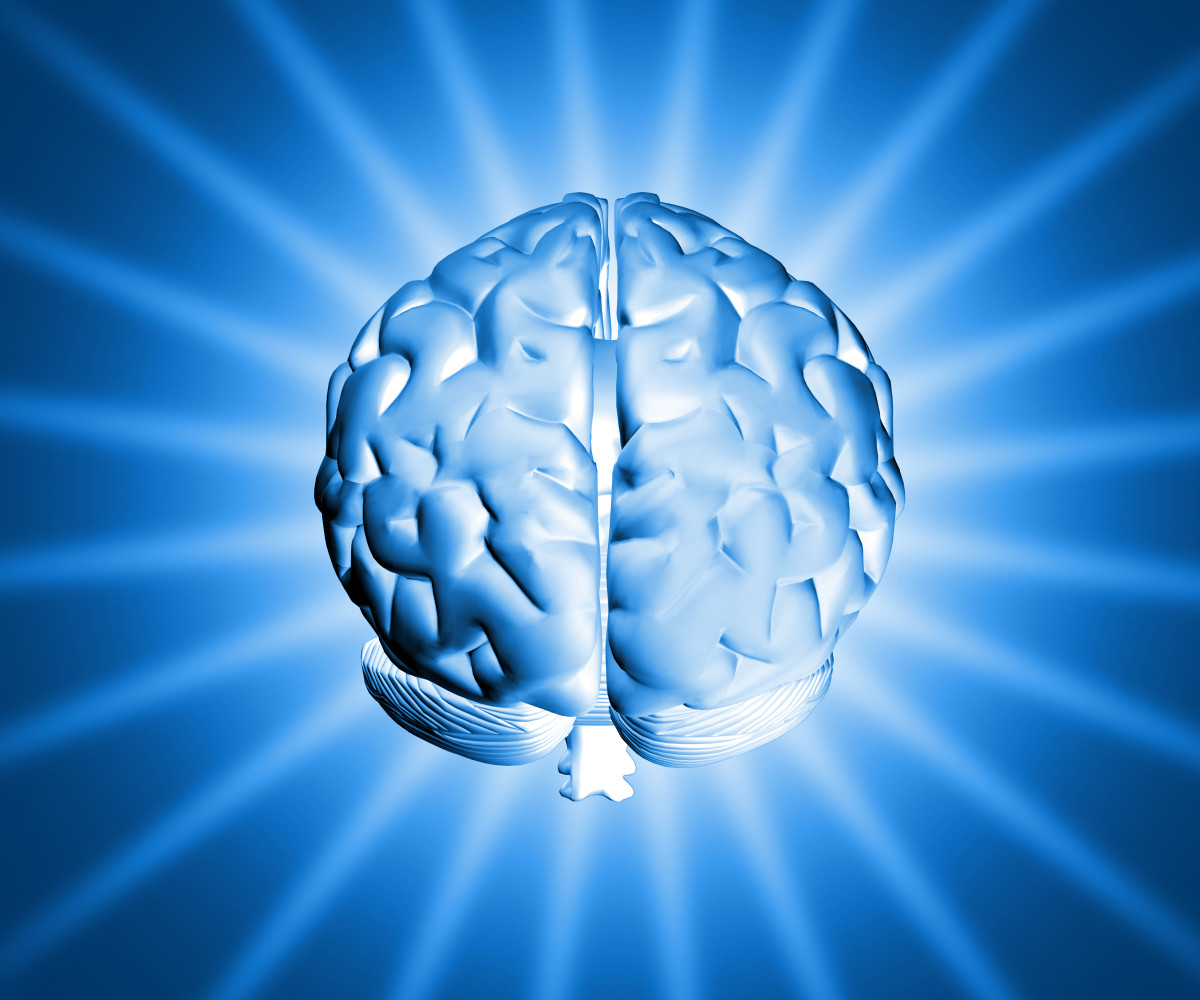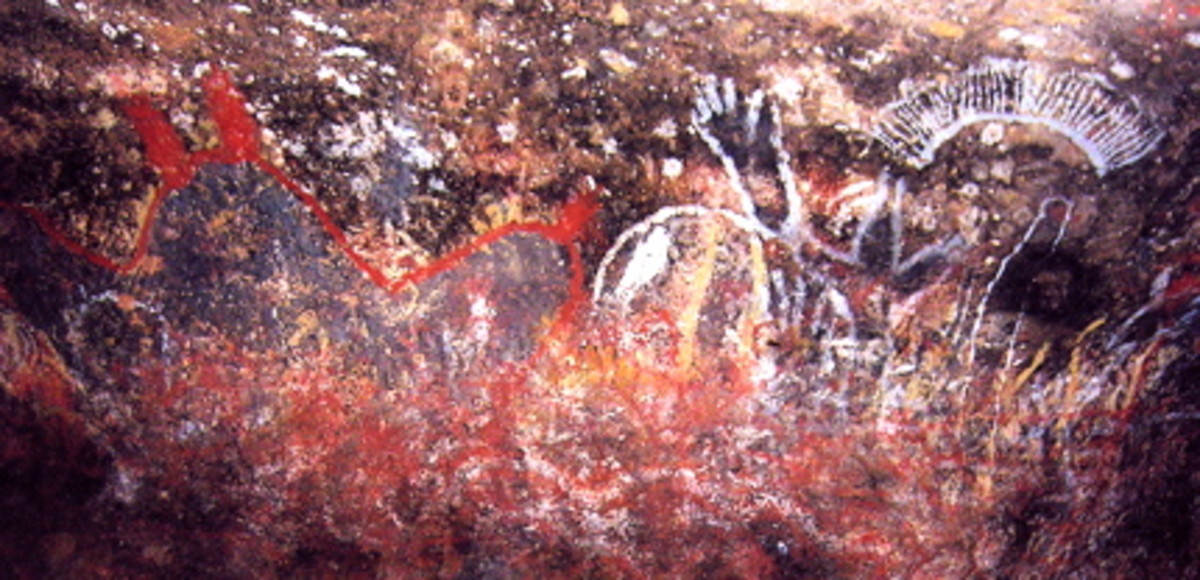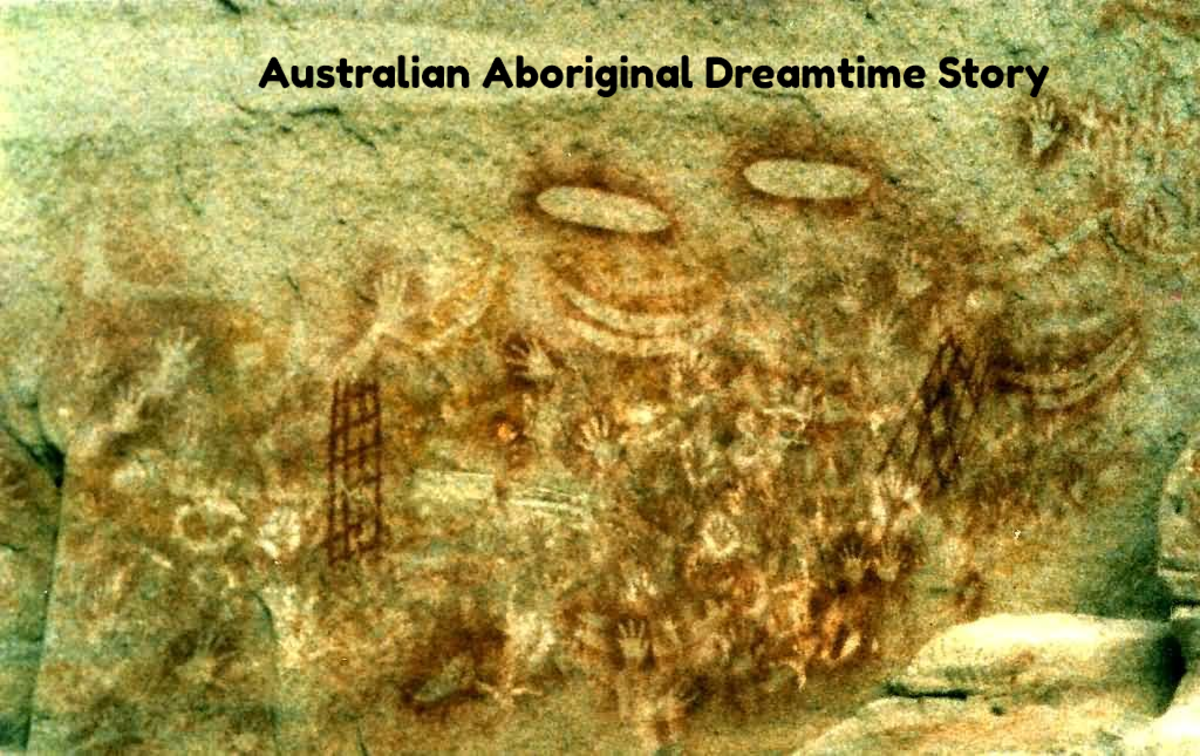Mental Illness among Australian Aboriginal and Torres Strait Islander (ATSI) individuals
Introduction
The trend by which suicide cases have plummeted among the Aboriginal and Torres Strait has become worrying. Interestingly, suicide cases were extremely rare among these groups of people during pre-colonial times and have only accelerated after 1980s. Another interesting thing is the pattern in which suicide cases occur with differing rates and variations in different geographical regions (De Leo et al, 2011). The report by the Australian Bureau of Statistics point out that approximately 100 people considered to be Torres Strait Islanders and Aboriginal Australians commit suicide each year (ABC, 2012). These concerns have brought to the attention of the Australian Government in identifying the cause of this phenomena and device strategies to mitigate them. This paper is focused at establishing the social and cultural factors that contribute to this trend of increasing rate of suicide and mental problems among the Aboriginal and Torres Strait Islanders. The author will also discuss one strategy to effectively address the phenomena.
Social and Cultural Factors Leading to High Rate of Suicide and Mental Issues Among the
An evaluation spearheaded by the Royal Commission for Aboriginal Mortality under Custody in 1991 went on to establish a connection between the high rate of mental health problems and drug misuse. This was more particular in the months and years before occurrence of the actual deaths investigated by the commission. The commission also noted that the number of such deaths were disproportionate especially in cases that involved separation of victims from their natural families while still young. Other issues that were found to be contributing to high suicide cases included racism, marginalization, and consistent stress of disadvantage, cultural dislocation, exclusion and alienation. These factors were acknowledged by the commission as being risky to mental health, and suicide among the Aboriginal and Torres Strait communities (Commonwealth of Australia, 2008).
Another factor that need attention is the aspect of mobility of Torres Strait and Aboriginal people between regional centers and remote communities. In particular, high cases of suicide and mental problems have been reported in remote areas than in urban regions. This presents a need to reconsider such locations in regard to suicide occurrence and how it affects communities (Marmot, 2010).
Age is another factor that plays a crucial role in suicide phenomena among the specified population. Among the Torres Strait and Aboriginal communities, the age distribution is a bit lower when compared with other none indigenous people. This according to Robinson et al (2012) owes to the fact that the ratio of adult to-child among these communities is relatively higher while their average life expectancy is also relatively shorter than their non-indigenous counterparts. This harbors critical implications in comprehending the psychological effect as pertains to suicide on families. Further, this also highlights the availability and capacity of community response as regards to services and support for prevention and treatment. In additionally, this also helps in explaining the “suicide clustering” phenomena among the Aboriginal and Torres Islanders where is occurrence of abnormal rates of suicides on close proximity to one another with a specific region or community (Australian Institute of Welfare and Health, 2009).
A study done by Martin et al, (2010) indicates the age group among for Torres Strait and Aboriginal people committing suicide is below 35 years. The research went on to indicate that between 2001 and 2010, the major difference in regard to the rate by which the Torres Strait Islanders and Aboriginal people commit suicide and Australians who were non-indigenous was more experienced within the age group of 25-29 for males and 25-29 for females. The highest cases were noted as being within the age group of 25-29 for males. For the female population, the highest numbers of cases were noted within the age group of 20-24. This trend is different for the non-indigenous population where more suicide cases are noted between the age group 35-39 for males while that of females is between 35-54.
Strategy to Address Suicide and Mental Problems
Provision of Forensic Mental Health Services to the identified group is a critical factor that will help in improving their situation. These services should be availed in such places as the courts, prisons and police stations. Other essential places include community centers and secured hospitals. In order to provide holistic health care to patients with mental problems, forensic nurses are required to conduct a thorough assessment of the patient’s condition while collaborating with clients and their families (Elder et al, 2010). Nurses will then need to evaluate appropriate treatment and rehabilitation needs per each client including cultural, social and adaptive malfunctioning that could be risk or cause for risk not only to the patients themselves but also to significant others. While working with patients who are mentally disturbed, forensic nurses are expected to apply the core skills, knowledge, and attitudes in mental health nursing (Paulin and Carswell, 2010). Further, he or she must also be equipped with additional skills and experiences needed to interact and work with forensic clients. Among these skills include but not limited to management and evaluation of risks, ability to gather valid information, ability to comprehend the patterns of violence, safety and promoting health (Kutcher, Szumilas, 2011).
In this respect, mental health experts and other professors should endeavor to promote health among the Aboriginal and Torres Islanders through such aspects as awareness programs, as well as promoting activities that enhance health among the sampled population (Edwards et al, 2014). What is more, the nurse and other health practitioners must work in liaison with the client and their caregivers alongside the multidisciplinary team in coming up with, assessment and implementation of effective treatment in order to enhance and promote the physical and psychological health of patients (Prebble et al 2011).
Conclusion
Suicide and mental health trends among Torres Strait Islanders and Aboriginal Australians clearly necessitates a formulation of prevention and mitigation strategies from all sectors and stakeholders. The analysis indicates an appalling pattern of suicide cases where the phenomenon occurs among a particular age group and regions within the identified group. In this paper, the author has come up with a strategy, inform of forensic mental health, which if used effectively, will assist in the recovery of mental health among the Aboriginal Australians and Torres Islanders. Forensic experts including nurses will be able to identify the needs of clients, the type of services or treatment needed and the approach required in service operation.








